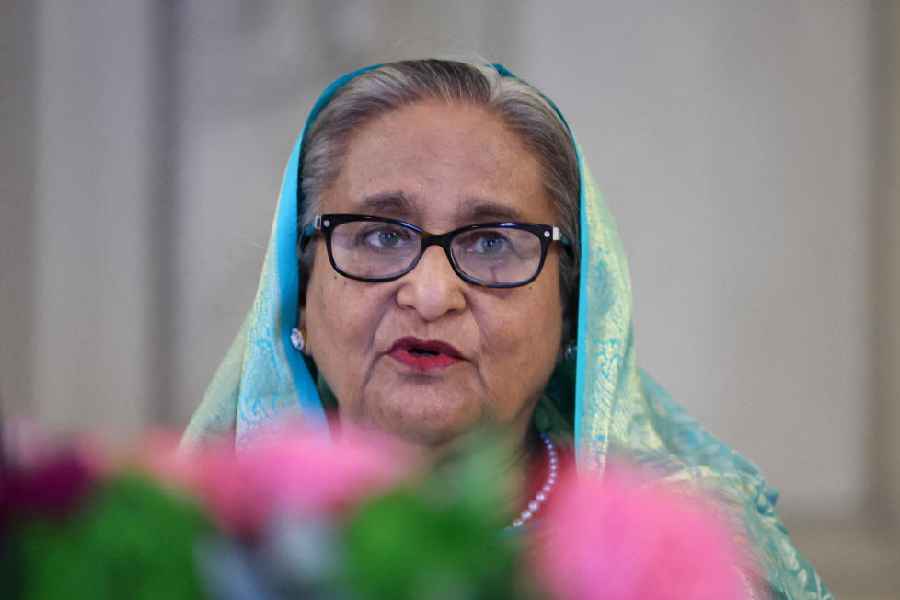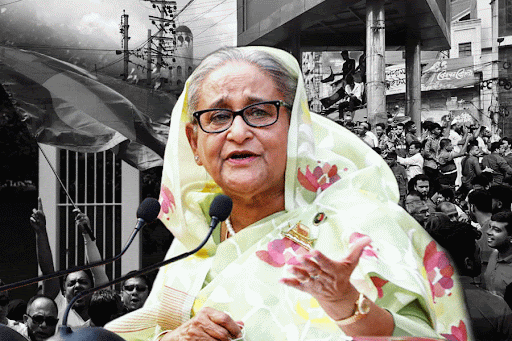I never was one for long-drawn-out television series. I must confess to having eschewed House of Cards, Breaking Bad, Game of Thrones, but the lockdown felled me. I took to watching The Crown, the Netflix series that hovers between fact and fiction documenting the many episodes of Britain’s longest reigning monarch, Queen Elizabeth.
The series is not gripping: it is quite like the English cuisine that is bland. Yet, it has got everyone hooked. Perhaps that is because it caters to a baser, but common, human trait: inquisitiveness. Everyone knows of the Windsor family but none really knows anything about them.
As I watched the series, I was struck by the following elements: the constant attempts to protect the idea of what the Queen and her family represent; the suggestion of the Queen and her family being out of touch with reality; their inability, and even unwillingness, to change, fearing it would dilute what they represent to the ordinary Briton; the substantial cost of maintaining the façade.
These elements made me realize that there is a lot in common between the prime minister, Narendra Modi, and Queen Elizabeth.
‘Protecting an ideal’ is a case in point. In India, the ideas of leadership and democracy have been undergoing a process of modification over the last few years. Gone is the time when one was concerned with what the prime ministership represented; today, the country is focused on what the current prime minister represents. A prime ministership is usually concerned with representing a country; however, Modi chooses to represent an ideology that craves respect. The prime minister and his team of managers have, therefore, created a multidimensional aura around him. He is a man of the world: his sartorial choices, proclivity to hug leaders, penchant for acronyms and the ability to hold monologues on pre-organized topics are supposed to bear proof of that. Modi is also presented as a man with a commitment to tradition: there are thus photographs of the prime minister with his mother, the man meditating in a cave, Modi’s yoga poses. Finally, he is heralded as the man of the moment. Claims of a superhuman work ethic and his proclamation of ‘restoring’ the nation’s ‘respect’ have been swallowed by many Indians. Modi is the embodiment of a ‘new’ India. To question or criticize him or his government is considered to be a slight against the nation. Like the Queen, he does not hold press briefings; so the aura created around him remains unblemished.
In The Crown, the Queen explains that her unresponsiveness is intended to make sure that there is no hint of royal favour. Modi seems to have altered the Queen’s logic; he seems to believe that a response could legitimize a contrarian point of view. This, in turn, can be construed as an acknowledgement of a mistake that would sully his image.
As the leader of the nation, Modi, it is believed, has a finger on the country’s pulse. Unfortunately, his utterances during the anti-Citizenship (Amendment) Act protests, his photo shoot with peacocks during the Chinese intrusions, and his handling of the farmers’ agitation suggest that like the fictionalized Windsors, Modi and his government are out of step with reality.
Although the promise is to take India to the next century, the path that has been chosen resonates with an ancient time when religion mapped out people’s lives and power was concentrated in the monarchy. The prime minister asks the nation to do as he says, but he ignores concerns that the organs of this democracy are now beholden to him and his party.
The Crown discusses the monarchy’s cost to the British exchequer; in India, there is debate on the costs of Modi’s leadership. On the one hand, there are claims of a ‘new-found respect for India’. On the other hand, there is the Galwan debacle; Modi’s approval of Donald Trump before the American presidential election; the implementation of a poorly planned nationwide lockdown that has been bettered, arguably, only by demonetization. There is concern of the pillars of democracy corroding; India’s apolitical, mighty army has also been labelled ‘Modiji ki sena’.
When Henry IV said, “Uneasy lies the head that wears a crown”, in William Shakespeare’s Henry IV, he was alluding to the responsibilities of a king that keep him awake at night. In a democracy, this, however, can refer to the fear of being voted out of power. But this concern may be short-lived. There are alleged murmurs of an excess of democracy in India. Is there then a coronation round the corner?











